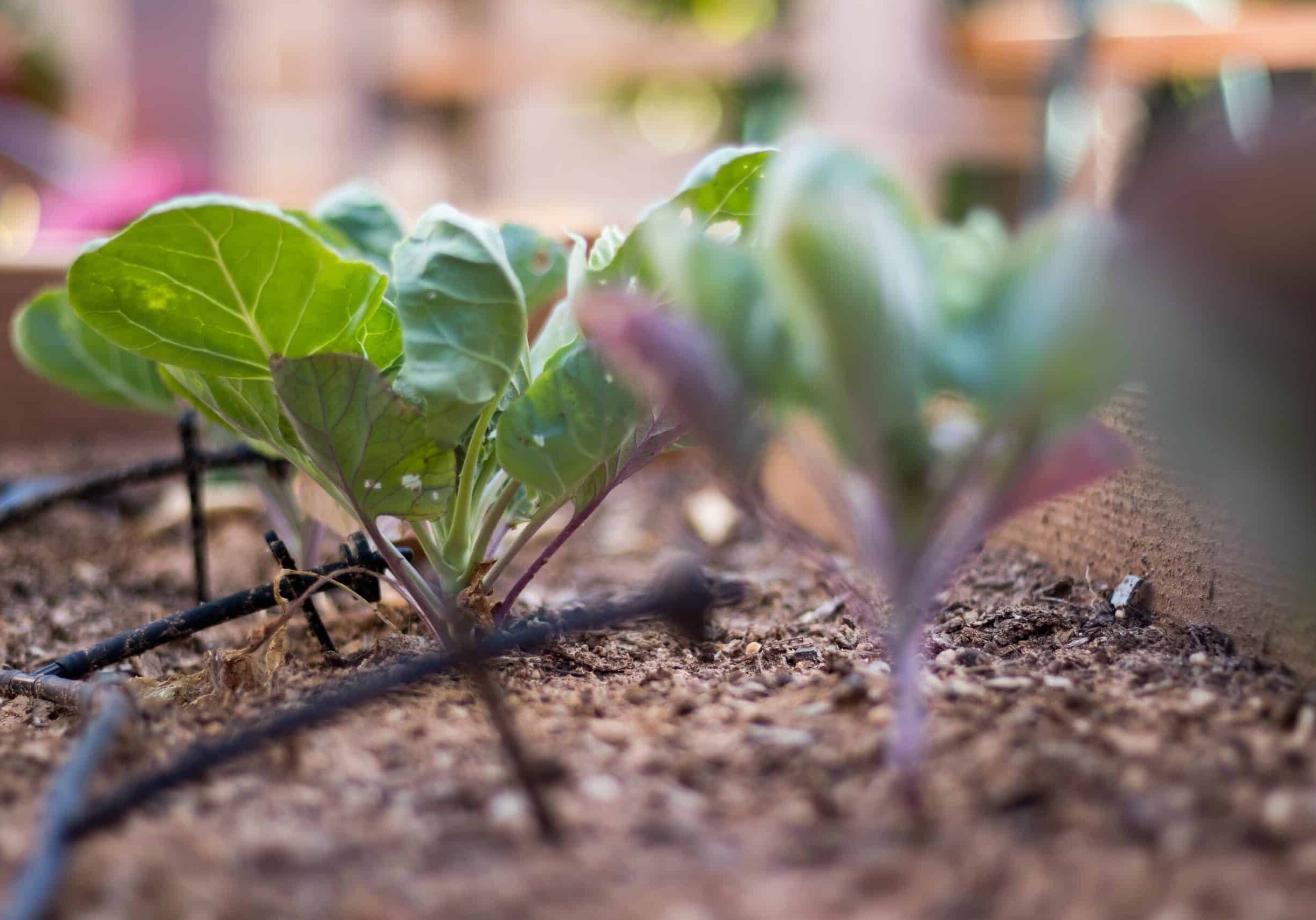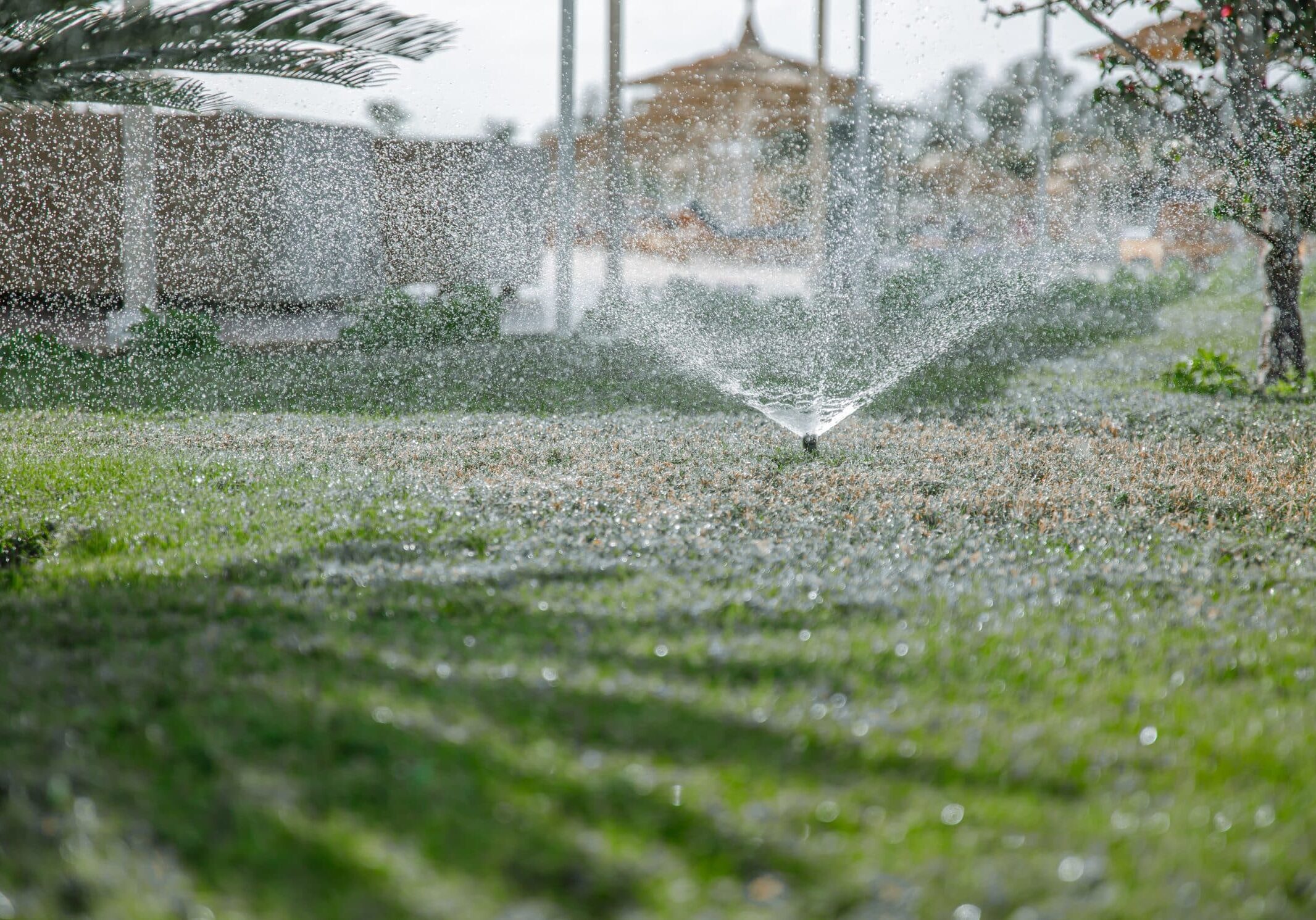
Drip Irrigation
Drip irrigation stands out as a superior plant-watering method that effectively delivers water directly to where it matters most—the roots of your plants. This direct delivery system is a departure from the traditional methods, such as sprinklers that indiscriminately spray water, including areas where it's not needed. By adopting drip irrigation, you can achieve a highly efficient watering regimen that maintains optimal moisture levels right at the root zone, ensuring that every drop serves its purpose without waste.
Drip irrigation is a fuss-free plant-watering method that optimizes water usage. Unlike traditional sprinklers, drip irrigation systems supply water directly to the roots of your plants.
Additionally, drip irrigation methods will keep your foliage dry while plant roots remain well hydrated. As such, drip irrigation will help prevent the infestation of destructive pests (like mildew) commonly attracted to damp and soggy conditions.
We have provided our drip irrigation services in residential and commercial settings such as greenhouses, hanging plants, flower beds and more. Drip Irrigation conserves water by using only a small amount of water


